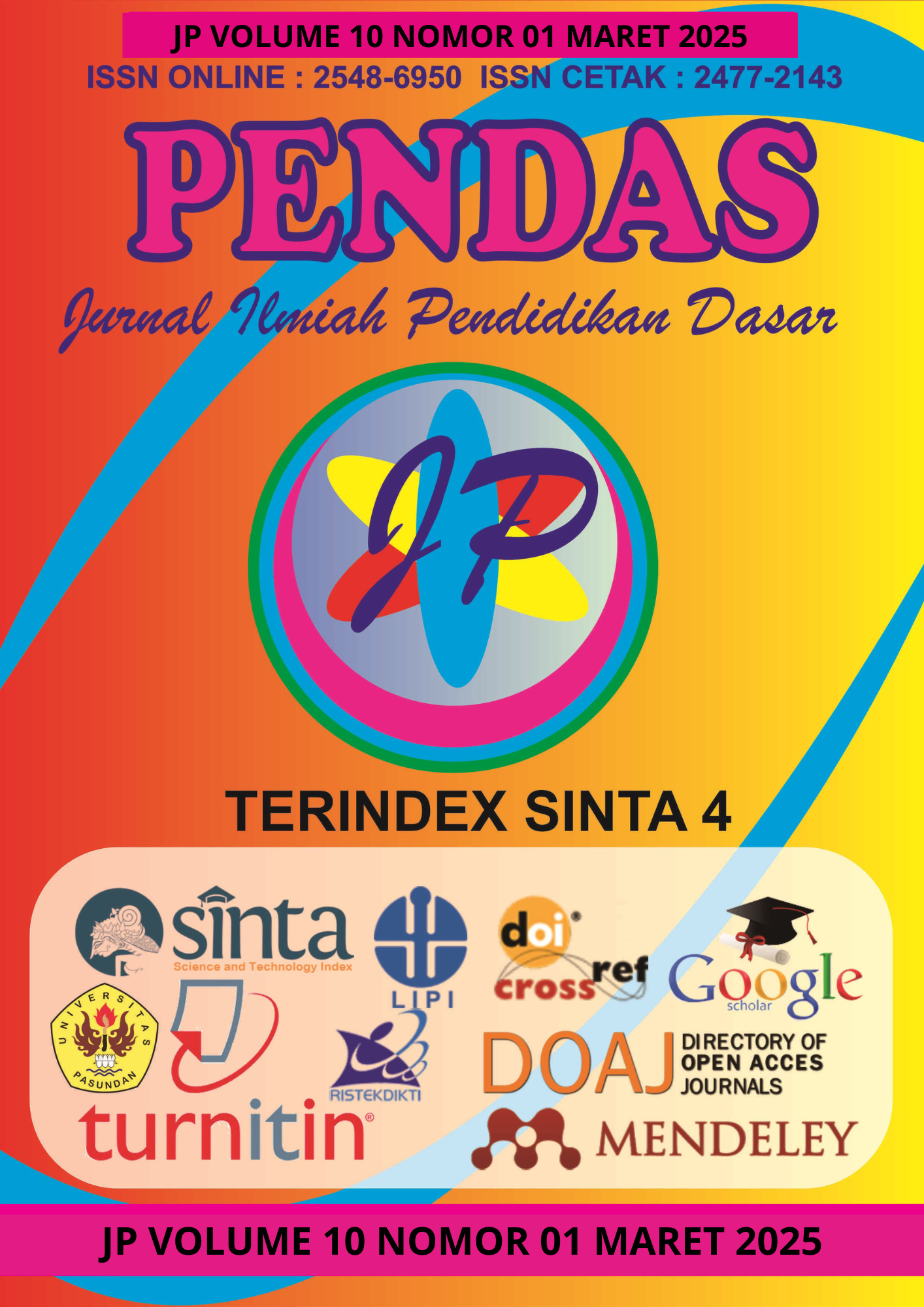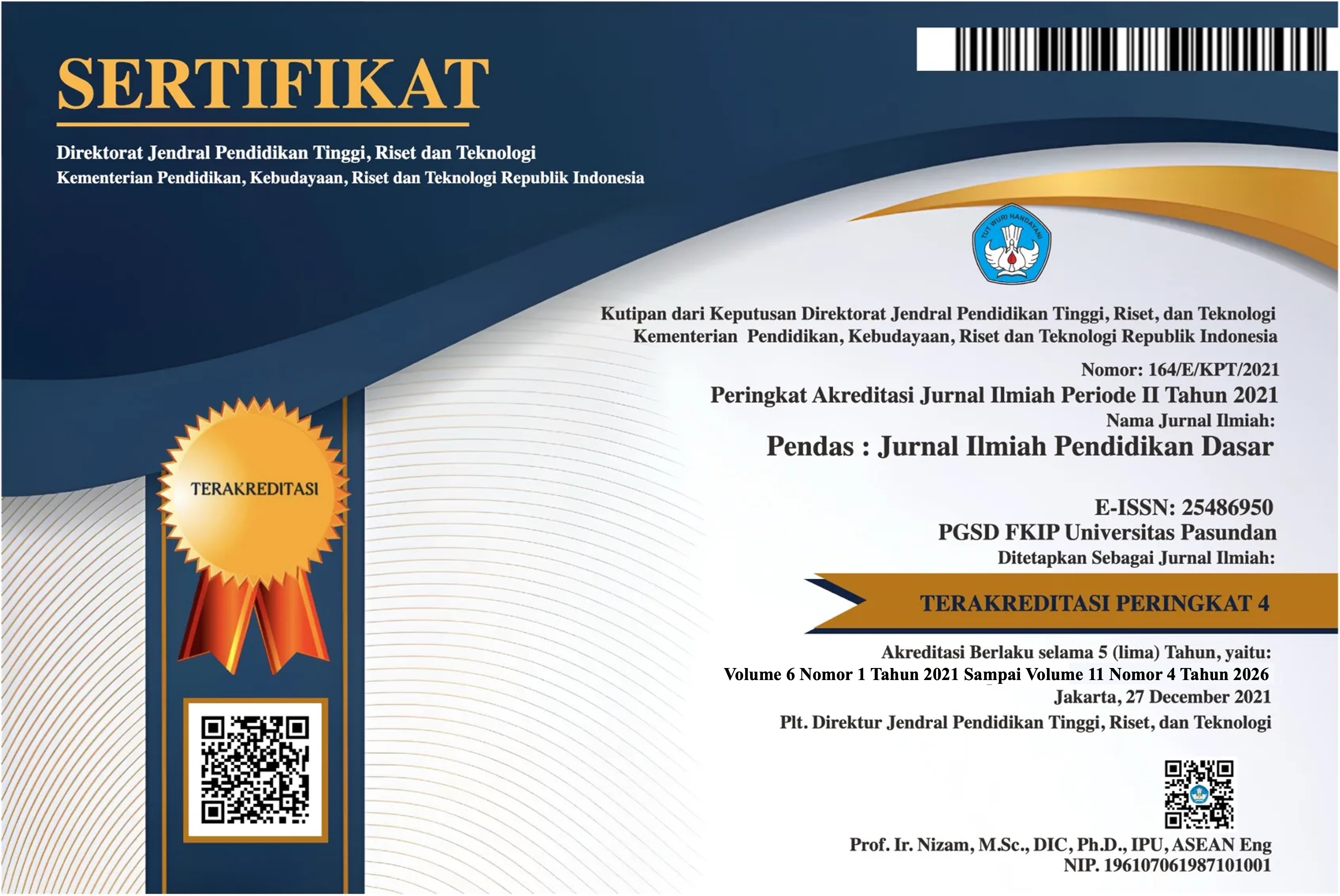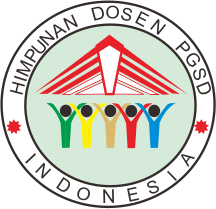PEMANFAATAN ICT UNTUK INOVASI PEMBELAJARAN SENI MUSIK
DOI:
https://doi.org/10.23969/jp.v10i01.21655Keywords:
ICT, Innovation, Music Art LearningAbstract
The digital era presents new challenges and opportunities in music art education. Information and Communication Technology (ICT) has been utilized to create innovations in learning, making it more interactive and engaging. This research aims to explore the implementation of ICT in music art education to improve the quality and learning outcomes of students. Using the literature review method, this research analyzes various studies that utilize applications such as MuseScore, Sibelius, and Kahoot. The research results show that the use of ICT in music learning can enhance students' motivation, theoretical understanding, and technical skills. Applications like MuseScore support the understanding of musical notation, Sibelius facilitates interactive music theory learning, and Kahoot creates an enjoyable learning atmosphere through a game-based approach. However, challenges such as the lack of teacher training, limited infrastructure, and access to technology have become major obstacles. In conclusion, the utilization of ICT has a significantly positive impact on music art education. The optimal integration of technology requires adequate infrastructure support and training for teachers. Thus, ICT can continue to be a driving force for innovation in music art education that is relevant to the needs of the digital era.
Downloads
References
Alkhudri & Yensharti. (2023). Pembelajaran Teori Musik Menggunakan Software Sibelius di Kelas X Musik SMK Negeri 7 Padang. 6546.
Alwan Hafiz, A., Murcahyanto, H., Markarma, M. R., & Asyro, L. (2022). Pembelajaran Musik Berbasis Aplikasi Musescore 3. Kaganga:Jurnal Pendidikan Sejarah Dan Riset Sosial Humaniora, 5(2), 384–394. https://doi.org/10.31539/kaganga.v5i2.5071
Cheng, L., & Leong, S. (2017). Educational affordances and learning design in music software development. Technology, Pedagogy and Education, 26(4), 395–407. https://doi.org/10.1080/1475939X.2016.1267037
Febiola, E., & Djie, J. A. (2021). Implementasi Media Pembelajaran MuseScore untuk Meningkatkan Kemampuan Membaca Notasi Balok Siswa Kelas VII di SMP Strada Santa Anna. Jurnal Seni Musik, 11(1), 29–51.
Glouca, L., Raharjo, E., & Wafa, M. U. (2017). Pemanfaatan Software Pro Tools sebagai Media Pembelajaran. Jurnal Seni Musik, 6(1), 1–10.
Jeremić, B., Pećanac, R., Stanković, E., & Đurđević, T. (2020). Music Technology Software in Adopting Music Teaching Contents. Croatian Journal of Education - Hrvatski Časopis Za Odgoj i Obrazovanje, 22(1), 263–286. https://doi.org/10.15516/CJE.V22I1.3282
Limin, S. (2022). Strategi Pembelajaran Pada Mata Kuliah Teori Musik Dengan Menggunakan Aplikasi Kahoot. Psalmoz: A Journal of Creative and Study of …, 10–19. http://ejournal-iakn-manado.ac.id/index.php/psalmoz/article/view/801%0Ahttp://ejournal-iakn-manado.ac.id/index.php/psalmoz/article/download/801/608
Listiani, W., Rustiyanti, S., Sari, F. D., & Peradantha, I. S. (2019). Augmented Reality Pasua Pa Sebagai Alternatif Media Pembelajaran Seni Pertunjukan 4.0. Panggung, 29(3). https://doi.org/10.26742/panggung.v29i3.1012
Luthfi, L. S., Afriadi, P., Perangin-angin, L. M., Tambunan, P., & Aulia, S. M. (2024). Efektivitas Penggunaan Aplikasi Kahoot dalam Pelaksanaan Asesmen Formatif pada Mata Pelajaran Seni Musik Kelas IV SDS IT yunus Al Banat. 8, 41968–41977.
Prawiradilaga et al. (2013). Mozaik Teknologi Pendidikan: e-learning / Dewi Salma Prawiradilaga (Penyunting). //senayan.iain-palangkaraya.ac.id/akasia/index.php?p=show_detail&id=9683&keywords=
Salsa, Y., Pangestuti, B., Widodo, T. W., & Ismudiati, E. (2023). Software Sibelius: Interaksi Teknologi Komputasi sebagai Media Kreativitas Siswa. 17(2), 448–459. https://journal.isi.ac.id/index.php/IDEA
Septipa & Marzam. (2024). Pelaksanaan Quiz Beserta Umpan Balik Menggunakan Aplikasi Kahoot dalam Pembelajaran Seni Tari di SMA Negeri 4 Kerinci. Imajinasi : Jurnal Ilmu Pengetahuan, Seni, Dan Teknologi, 1(3), 166–177. https://doi.org/10.62383/imajinasi.v1i3.305
Suswandari, S. (2021). Metode Penelitian: Kuantitatif, Kualitatif, Dan R&D. Jakarta: Salemba Humanika.
Ulfah, Almira Keumala. (2022). Ragam Analisis Data Penelitian. Madura: IAIN Madura Press.
Widiastuti, N. M. D. (2018). Inovasi Aplikasi Media Pembelajaran Tari Bali Berbasis Android. Mudra Jurnal Seni Budaya, 33(2), 287–295. https://doi.org/10.31091/mudra.v33i2.336
Williantoro & Yanuartuti. (2020). Use Of Sibelius Software On Understanding Of Knowledge Material Learning Theory Of SMK Vocational School. Edutech, 1(1), 86–97.
Zuhdi, H., & Adoma, A. M. (2022). Pemanfaatan Software Maestro Sebagai Media Pembelajaran Notasi Balok Pada Kelas Viii Di Mts Islamiyah Ulu Danau. Besaung : Jurnal Seni Desain Dan Budaya, 7(1). https://doi.org/10.36982/jsdb.v7i1.2030
Downloads
Published
Issue
Section
License
Copyright (c) 2025 Pendas : Jurnal Ilmiah Pendidikan Dasar

This work is licensed under a Creative Commons Attribution 4.0 International License.



















